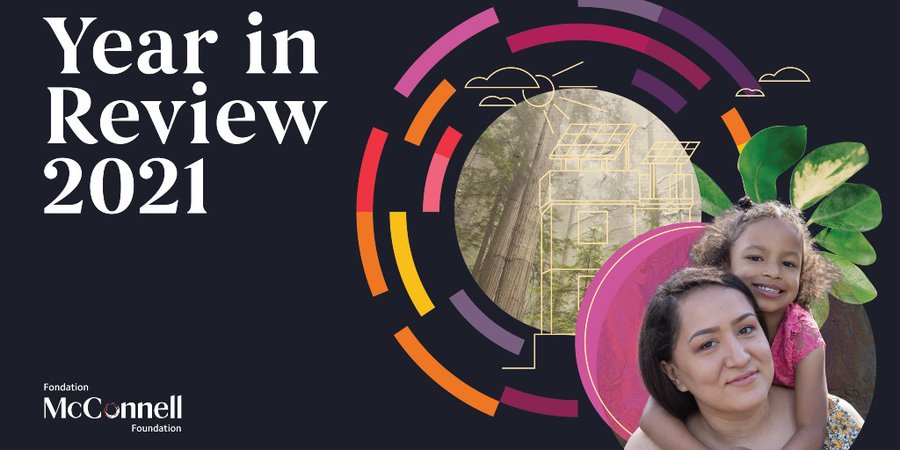
Efficiency Capital Places No. 31 On The Globe and Mail’s Third-Annual Ranking of Canada’s Top Growing Companies
September 24, 2021
Efficiency Capital Included in McConnell Foundation Year in Review
April 28, 2022
Efficiency Capital Places No. 31 On The Globe and Mail’s Third-Annual Ranking of Canada’s Top Growing Companies
September 24, 2021
Efficiency Capital Included in McConnell Foundation Year in Review
April 28, 2022
KEY LESSONS FOR GOVERNMENT LEADERS LOOKING TO ENCOURAGE EFFICIENCY
November 3, 2021
While the world looks towards cost-effective solutions to combat climate change, energy efficiency in buildings remains a major opportunity for change. However, buildings are complex, often requiring great technical knowledge to even know where to begin in making upgrades, or how to find appropriate and timely funding.
We believe in making change, helping to drive new mechanisms and industry standards that create increased accessibility to energy efficiency retrofits across buildings of all kinds. This is why we’ve rounded up 6 key lessons that cities can learn to take action in the most effective way possible, originally shared at the C40 Cities Finance Programme’s Finance Academy in September 2021.
1. Private investment must be included – new private capital sources need to be added into the mix—especially mission-aligned capital that can go for 10 to 20 years—and capital that is ready to take equity risk rather than loan/financial risk.
2. Encourage more long-term, low-cost financing, geared to performance – the cost for long-term, high-efficiency upgrades can be intimidating, leading buildings to opt for lower-cost, short-term retrofits instead. Upgrades of all kinds are important; improving access to long-term low-cost capital for things like envelope upgrades (similar to the programs under development by CIB) and/or capital guarantee programs can help encourage full-scale retrofit projects that generate greater efficiency.
3. Provide access to help and expert resources – Interdisciplinary retrofits are complex and difficult for individual building owners to take on themselves. Governments can find ways to match talent/increase access to technical and financial expertise—organizations like Efficiency Capital are key to bridging the gap between private sources of impact capital and the individual projects. We do the work of developing the on-the-ground projects and aggregating up to the level that is interesting for impact investors. Cities’ support of that aggregation and bridging would speed the implementation of carbon reducing projects.
4. Educate building teams on the latest low-carbon systems and business models – low/no carbon solutions will potentially change how buildings, and their internal systems, are built and updated. Municipal leaders can encourage the municipal building code teams to learn about and actively integrate low/no carbon solutions into their practice to ensure that proven and practical solutions can be implemented within the building code frameworks.
5. Foster new ideas – cities can and should be encouraging pilot projects that combine novel partners and stackable funding to tackle the more difficult to fund (long payback) projects such as building envelope and fenestration.
6. Measure every change, no matter how small – if cities are not already implementing this, benchmarking and energy reporting should be made mandatory to be able to see which buildings are the greatest emitters and which lead by example. An example of where this is effective is the city of New York, with subsequent private sector activity that has been generated as a result.
Though each municipality and provincial government is unique, each has a responsibility to its constituents to be moving forward in the most efficient and effective way possible. Encouraging building efficiency retrofits is not only a great way to reduce carbon and greenhouse gas emissions by anywhere between 15-40%, but a great way to create cleaner, brighter and healthier communities.

